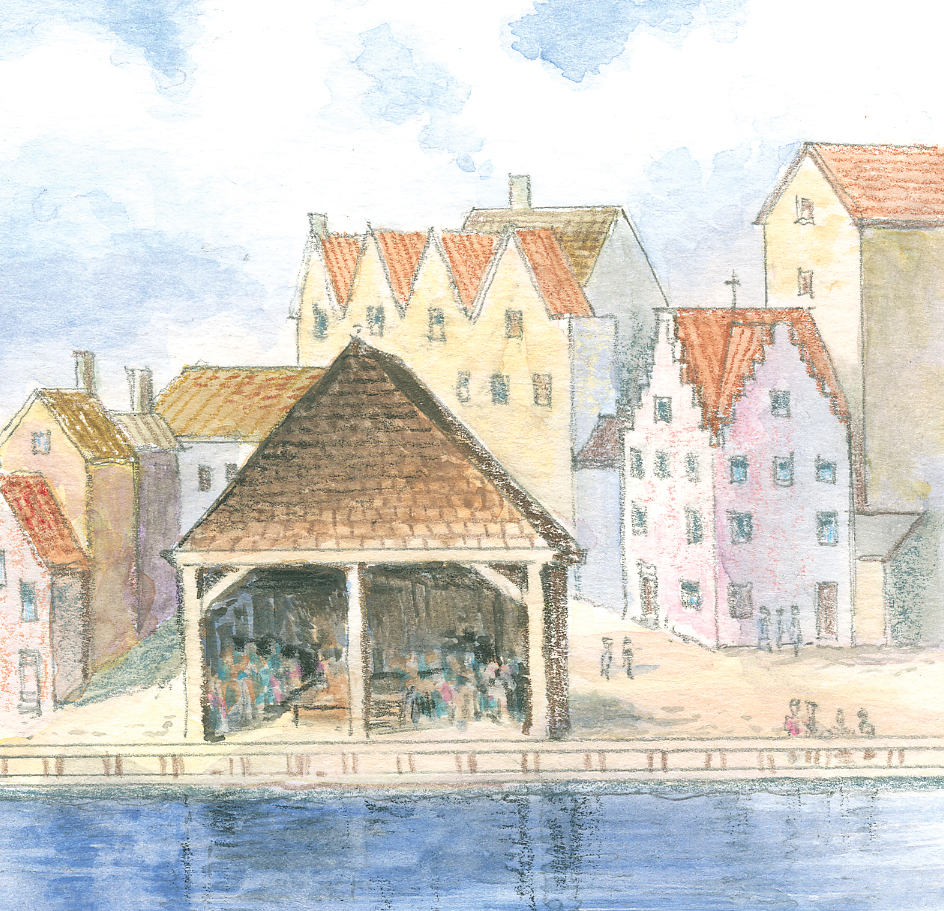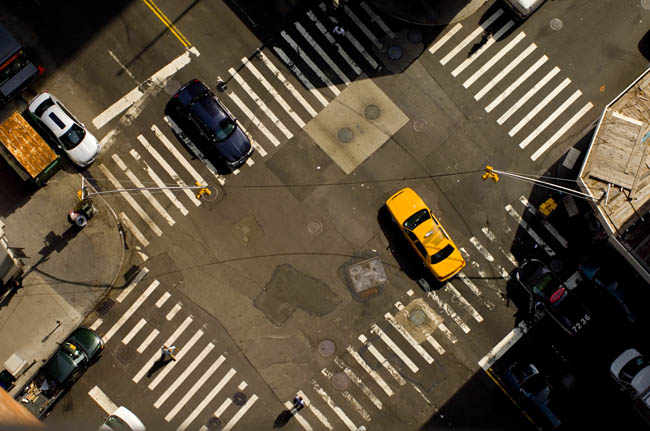In 1711, New York was growing quickly, and the growing needs of the city were often supplied by slave labor. Nearly 1,000 out of about 6,400 New Yorkers were black, and at least 40 percent of the white households included a slave. In these homes, enslaved workers cooked, washed, sewed, hauled water, emptied the chamber pots, swept out the fireplaces and the chimneys, and cared for the children. Along the East River they built, loaded, and unloaded, the ships. They cleared the land uptown, and then planted and harvested the crops. And up and down the narrow streets they pedaled their master’s goods and even supplied the city’s first fast foods—fresh oysters and steaming hot corn on the cob.
As the number of slaves imported into the city soared, barrel makers, butchers, carpenters, blacksmiths, and tin workers began to purchase young enslaved men in order to teach them their trades. Typically, when a slave owner ran out of work, they hired their slaves out at half the rate of free labor.
Often the slaves themselves were sent out to find work. In a time when fear of a slave uprising was ever-present, the sight of so many enslaved men walking the streets looking to be hired caused alarm. Fearful white citizens began to complain. They demanded a market where slaves could be hired, bought, and sold. Finally, on December 13, 1711, the City Council passed a law “that all Negro and Indian slaves that are let out to hire…be hired at the Market house at the Wall Street Slip…” This market, known as the Meal Market (because grains were sold there), was located at the foot of Wall Street on the East River. It was the city’s first slave market.

